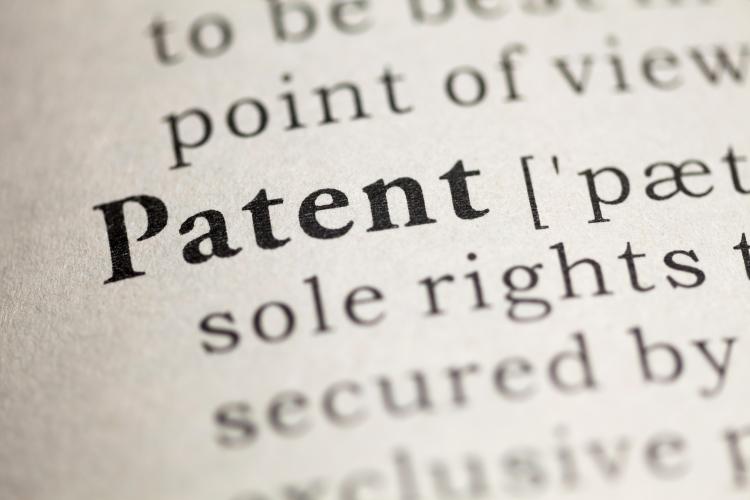
On January 7, 2022, the Federal Court of Canada (the Court) in Kobold Corporation et al v NCS Multistage Inc, 2021 FC 1437, interpreted the defence of prior use in a patent infringement action for the first time since the 2018 amendments to Section 56 of the Patent Act.
Kobold Corporation (Kobold) and NCS Multistage Inc. (NCS) provide equipment to the oil and gas industry for hydraulic fracturing, commonly known as fracking. Kobold alleged that four of NCS’s proprietary tools infringe its Canadian Patent No. 2,919,561 (the ‘561 Patent). NCS moved for summary judgement seeking to dismiss the underlying patent infringement action based on its defence of prior use.
One of the issues before the Court was whether the matter was appropriate for summary judgement or summary trial. The Court found that some aspects of the case were suitable for summary judgment, while others required a full trial. Specifically, the Court held that the proper interpretation of Section 56 of Patent Act was suitable for summary judgement since it is a discrete question of law that can be resolved without reference to the factual issues at play. Further, the Court determined that construction of the claims of the ‘561 Patent was also appropriate for summary judgement since there was expert evidence to assist the Court in resolving this issue. On the other hand, the Court held that there was insufficient evidence before the Court to make a determination on infringement on the present summary motion or on a summary trial.
The Court proceeded to engage in a discussion of the proper interpretation of Section 56 of the Patent Act, concluding that “Subsection 56(1) provides a defence to one who makes, constructs, or uses an invention or sells it to others to use, that infringes a claim of the patent, if prior to the issuance of the patent that person did the same act of making, constructing, using, or selling, and the relevant (i.e. relating to the inventive concept) part of the invention is identical” (para 111, italics added).
When considering the prior use defence under Subsection 56(1), the Court noted that the following process should be followed:
- Determine whether the acts being performed before and after the claim date are identical (other than wholly non-functional changes). If the answer is yes, there is no need to consider infringement, as Subsection 56(1) would always provide a defence to any potential infringement.
- If the acts are not identical, determine whether the acts infringe the patent and which claims.
- If the post-claim acts do not infringe the patent, then there are no “otherwise infringing acts” and therefore no need to rely on subsection 56(1).
- If the pre-claim acts do not infringe the patent, Subsection 56(1) cannot apply.
- If the post-claim date acts infringe a particular claim of the patent that the pre-claim date acts do not, subsection 56(1) cannot apply.
- If the pre- and post-claim date acts are not identical but infringe the same claims, determine whether the changes relate to the inventive concept of the patent. If they do not, then subsection 56(1) will provide a defence to infringement.
The Court held that only in the clearest of cases, where the pre- and post-claim date acts are identical (i.e. the first step of the test above), the construction of the patent’s claims or an infringement analysis will not be required. The Court noted that such cases would be appropriate for summary judgement.
In the present case, the Court could not determine the applicability of the prior use defence as there were changes to the acts pre- and post-claim date of the ‘561 Patent, thus requiring an infringement analysis. Accordingly, summary judgment was not granted with respect to the issues of infringement relating to three of four of NCS’s tools and the application of Subsection 56(1) of the Patent Act to the facts of this case. The Court granted partial summary judgement by dismissing Kobold’s infringement allegations relating to one of NCS’s tools as a result of Kobold’s apparent admission at the hearing that NCS can continue to manufacture and use its tool.
Summary By: Anna Troshchynsky
E-TIPS® ISSUE
Disclaimer: This Newsletter is intended to provide readers with general information on legal developments in the areas of e-commerce, information technology and intellectual property. It is not intended to be a complete statement of the law, nor is it intended to provide legal advice. No person should act or rely upon the information contained in this newsletter without seeking legal advice.
E-TIPS is a registered trade-mark of Deeth Williams Wall LLP.